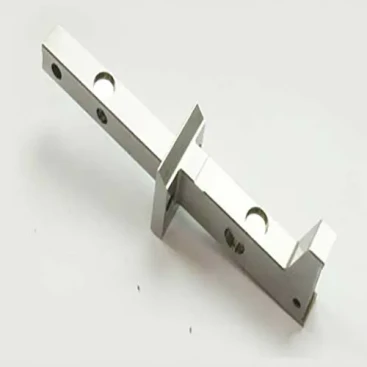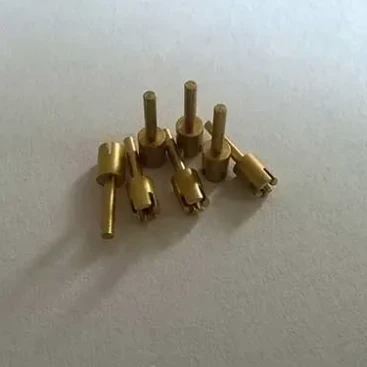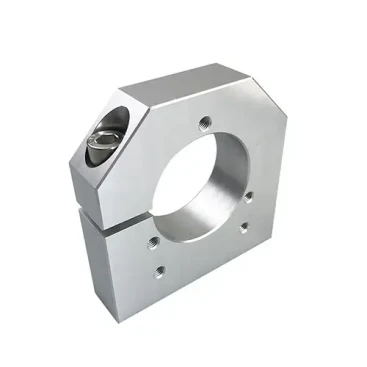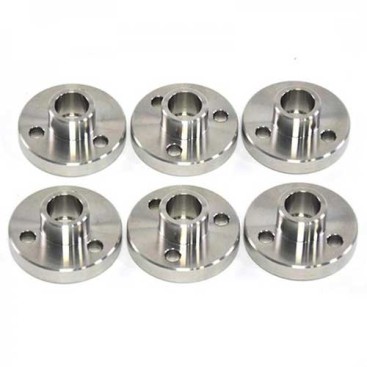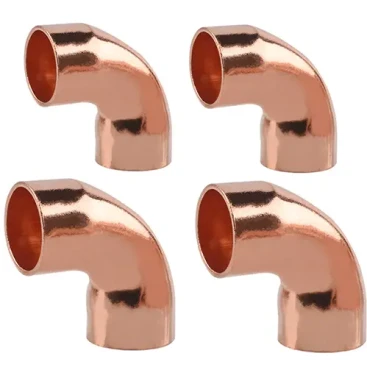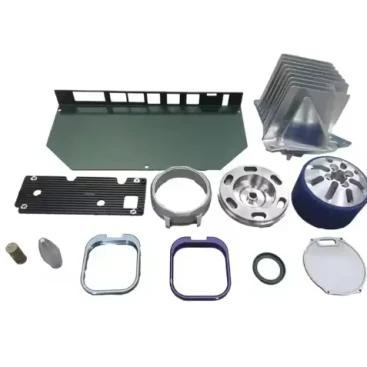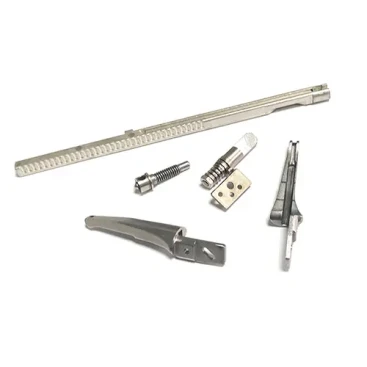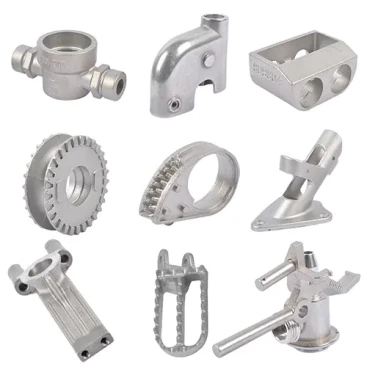Carbon fiber maching parts
- Description
- Inquiry
Description
Carbon fiber machining has transformed several industries with its durability and excellent strength-to-weight ratio. Composite materials like carbon fibers are versatile and efficient materials driving vast manufacturing innovations. Carbon fiber surpasses conventional CNC machining materials such as aluminum, steel, wood, or glass. It creates high-performance, durable, and low-weight components.
Machining carbon fiber sheets is generally accomplished using a router. However, other standard machining methods are also effective. The process is high speed spindle driven with lower feed rates to give the best results.

Application Of Machined Carbon Fiber Parts
1.Aerospace Industry
The aerospace industry is one of the industries with the highest application of carbon fiber. It was one of the first industries to take it as an ideal replacement for titanium and aluminum in specific components.
2.Sports Industry
Several professional athletes utilize carbon fiber parts sheets in their sporting gear – tennis rackets, bicycle wheels, helmets, bicycle frames, archery bows, hockey sticks, golf clubs, and many more.
However, clothing and protective gear such as unique leg- and arm-protector are make of it. Also, there are racing or extreme sports where athletes use helmets and firm, lightweight shoes made of it.
It is an ideal material for sporting equipment. It offers vast advantages due to its high strength and lightweight. It is much lighter than plastic and wood, making it easy for athletes to use their sporting equipment without difficulty. As a result, athletes can run faster, jump higher, and swim farther.
3.Automotive Industry
Carbon fiber has excellent strength and durability, making it a versatile material in the automotive sector. Consequently, automakers utilize it in constructing vehicle frames and several other components.
In addition, carbon fiber’s superior strength-to-weight ratio helped influence the manufacturing of faster cars in the automotive sector.
It allows car manufacturers to remove unnecessary metal pieces from the car’s structure, replacing them with lightweight. It helps reduce the costs of manufacturing a vehicle while reducing fuel consumption and CO2 emissions.





